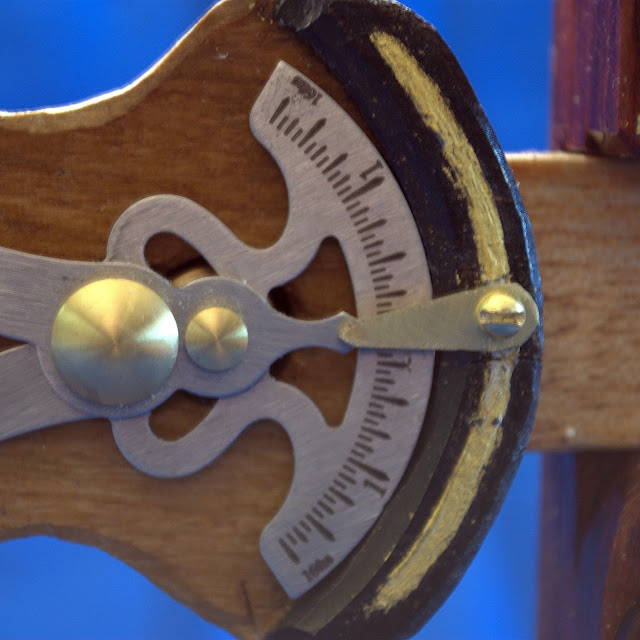Final Pics Of The Studley-esque Frame
The frame and tools have made their way to their new home. I feel compelled to share the final pics after dragging everyone along with me down the path.
"A work of art is not always created exclusively for the purpose of being enjoyed, or, to use a more scholarly expression, of being experienced aesthetically. Poussin's statement that 'the goal of art is enjoyment' was quite a revolutionary one, for earlier writers had always insisted that art, however enjoyable, was also, in some manner, useful. But a work of art always has aesthetic significance (not to be confused with aesthetic value): whether or not it serves some practical purpose, and whether it is good or bad, it demands to be experienced aesthetically."
"Now, when confronted with a natural object, it is an exclusively personal matter whether or not we choose to experience it aesthetically. A man made object, however, either demands or does not demand to be so experienced, for it has what the scholastics call "intention." Should I choose, as I might well do, to experience the redness of a traffic light aesthetically, instead of associating it with the idea of stepping on my brakes, I should act against the "intention" of the traffic light"
"One thing, however, is certain; the more the proportion of emphasis on 'idea' and 'form' approaches a state of equilibrium, the more eloquently will the work reveal what is called 'content.' Content, as opposed to subject matter, my be described in the words of Peirce as that which a work betrays but does not parade. It is the basic attitude of a nation, a period, a class, a religious or philosophical persuasion - all this unconciously qualified by one personality and condensed into one work. It is obvious that such an involontary revelation will be obscured in proportion as either one of the two elements, idea or form, is volontarily emphasised or supressed. A spinning machine is perhaps the most impressive manifestation of a functional idea, and an 'abstract' painting is perhaps the most expressive manifestation of pure form, but both have a minimum of content."
*** All three passages are taken from Erwin Panofsky's book, "Meaning in the Visual Arts" specifically the essay on "The History of Art as a Humanistic Discipline."
Ratione et Passionis
Oldwolf















Comments
Post a Comment